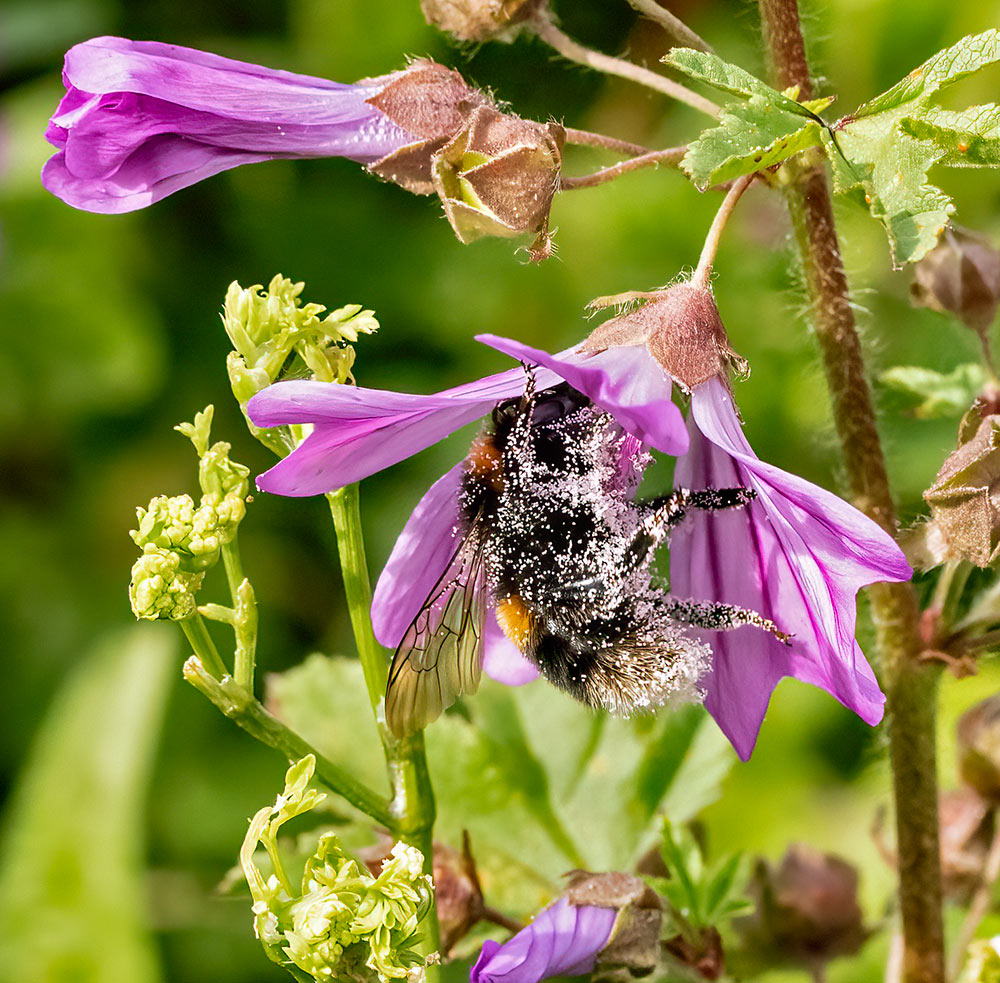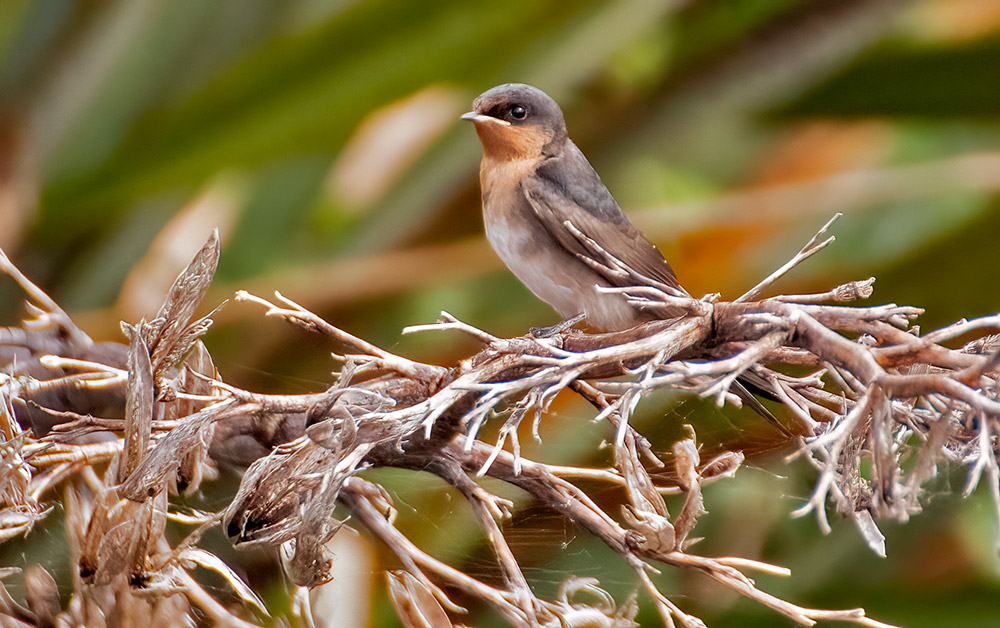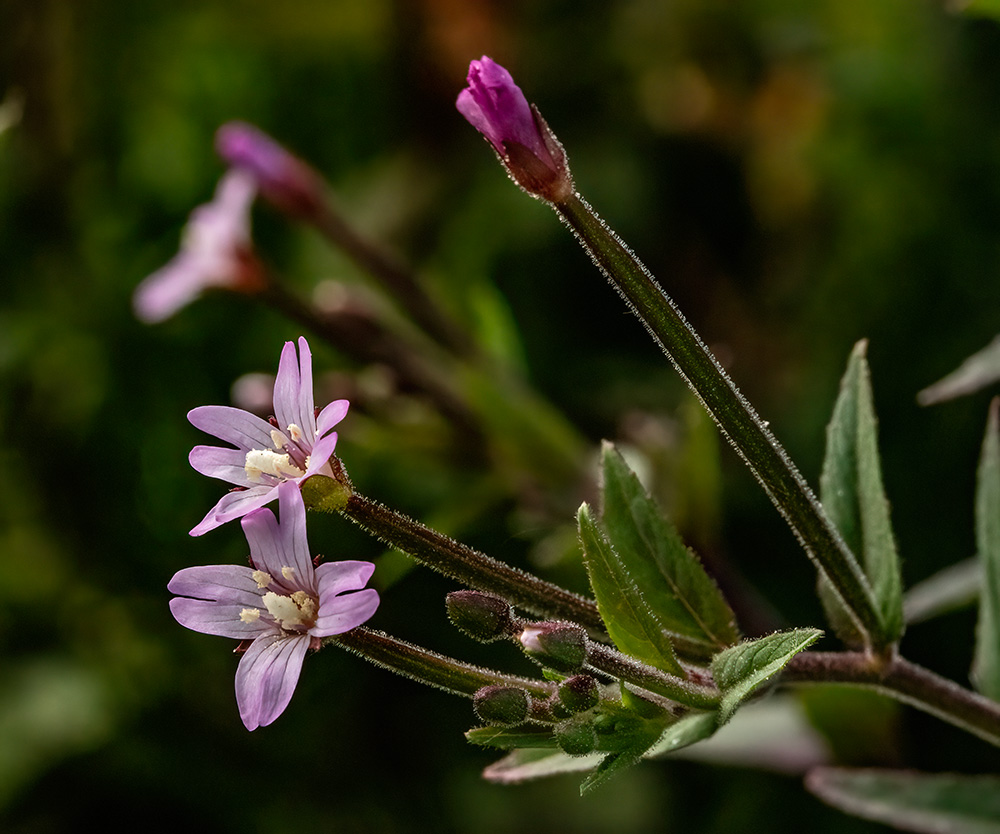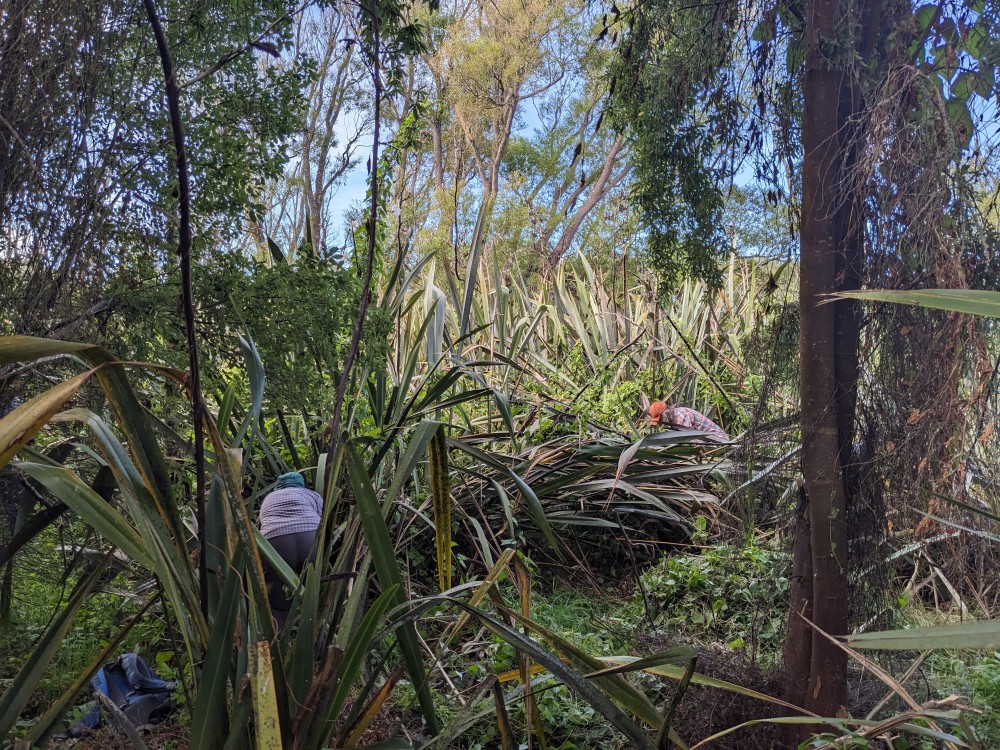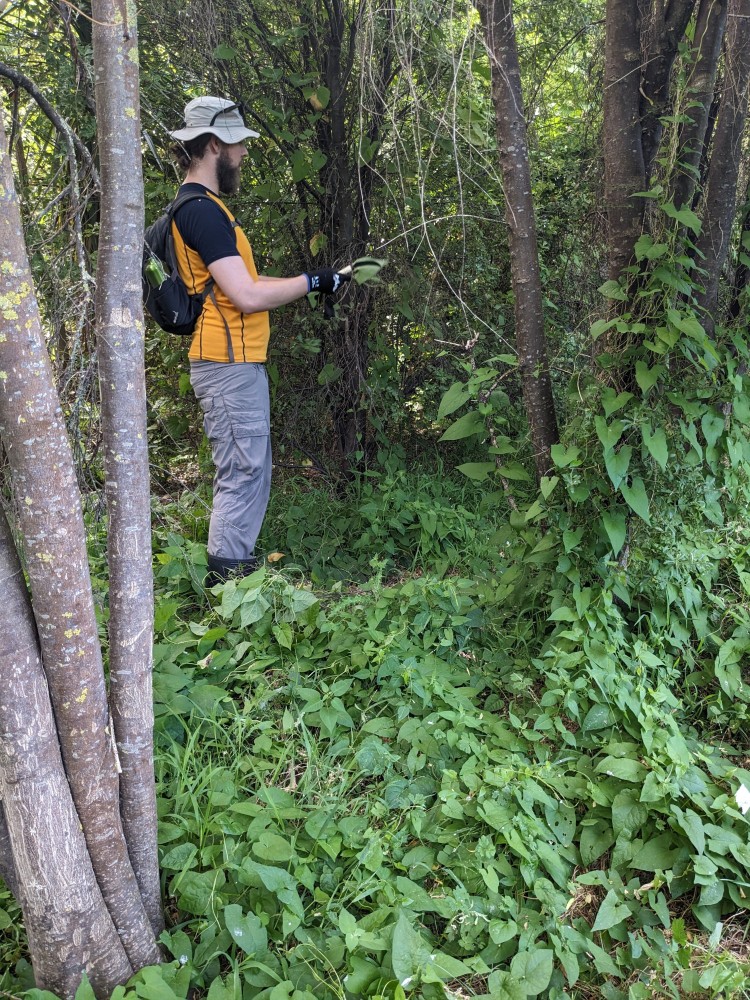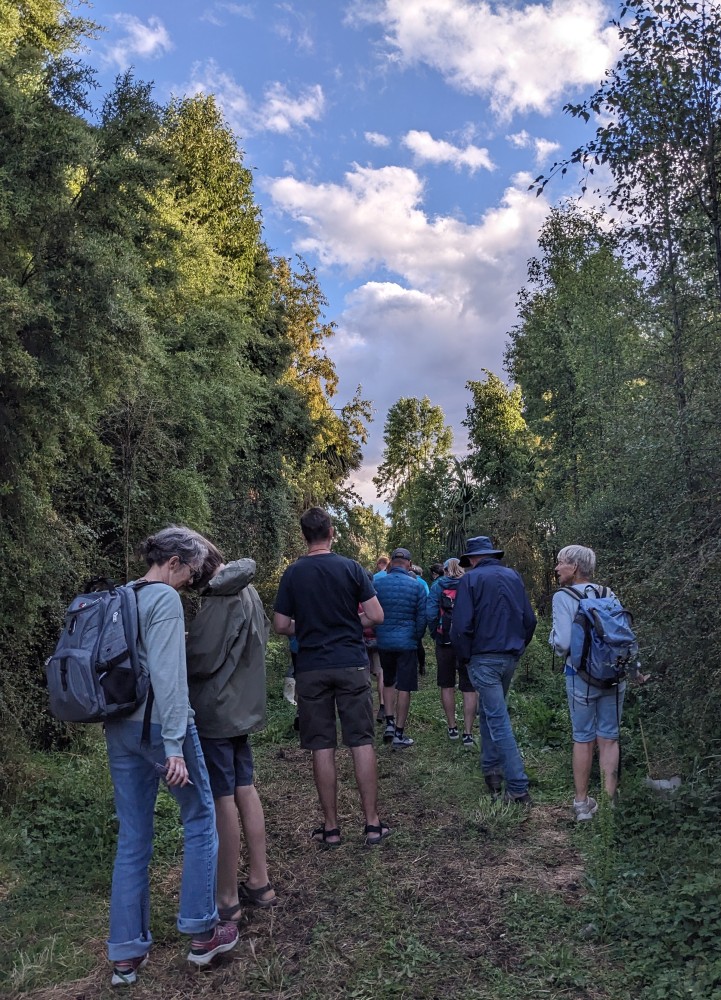All previous newsletters can be found here.
Work Day Reminder, February 17 2024
This month we’ll be releasing plants from the rapid spring growth somewhere around the wetland, maybe even planting a few specimens.
If you arrive late there will be a notice on the Education Centre door explaining where we have gone.
All tools provided. Gumboots are not generally needed in February. Please bring your own gloves if you can, but we have some of them for loan too.
If the weather on the work day is poor and we decide to cancel then an email will be sent by 8am on Saturday morning. So if you think the conditions are marginal, please check your emails.
If you’re reading this on the website and are not on the email list then you can add yourself to it through the form at the foot of the home page. If you change your mind there’s an unsubscribe link in each newsletter.
Latest News
Report on Last Month’s Work Day, 20 January
This was one of the hottest days of the summer so it was great to see about 15 volunteers arrive for a morning workout. The aim for the day was to remove weeds from around the Beach Road entrance pathway.
It was pleasing to remove several burdock plants as they reached their seeding stage. Burdock has large rhubarb-like leaves and tall stems bearing thistle-like seed heads. Seeds have hooked projections which spread by clinging to animal hair or clothing.
Other tall weeds removed included mallow, hemlock and nightshade with its copious red berries.
Trees north of the path have grown well and in places are shading the ground to provide great conditions for native seed growth. Volunteers enjoyed the shade provided too. In more open areas cutting back of tall grass was needed around smaller shrubs.
Convolvulus was smothering some trees, especially south of the path. It was relatively easy to remove and satisfying to watch leaves and stems shrivel in the heat of the day. However, we know it will soon be back with a vengeance.
Some volunteers were bitten by mosquitoes while they worked and they were particularly happy to stop for refreshments.
Back at the Education Centre there were welcome cool drinks and plenty of food. Nicholas had baked a large cake to celebrate birthdays for Colin and Joe and we were chuffed to see Steve and Sheila visiting from their new home in England.
Thanks everyone.
Article: Sue Britain, images: Dave Evans
City Nature Challenge
iNaturalist NZ – Matāaki Taiao is part of an international network of natural history recorders that is used by many people to find out what it is that they are looking at. With a smart phone and the iNaturalist app a plant or bug can often be identified in a few seconds. But iNaturalist has a higher purpose and that’s recording the occurrence of species to add to the scientific knowledge of them and sometimes also alert authorities to the spread of invasive species. All observations are valuable because they add to the information of when and where a species can be found. There is an iNaturalist app for both IOS and Android phones.
To encourage the use of iNaturalist a City Nature Challenge is held each year around the end of April. This year it’s 26-29th April inclusive. Christchurch is one of several cities in Aotearoa that is participating: City Nature Challenge 2024: Ōtautahi/Christchurch · iNaturalist NZ. Points are awarded for the number of observations, the number of species observed and the number of observers. So to be competitive it’s important to get as many people involved as possible – even if they make only a few observations.

Sara Mankelow at the City Council is coordinating the Christchurch effort this year. Other cities around Aotearoa are also taking part and we hope Christchurch can put in a good showing against stiff competition. We’ll keep you posted on any introductory events, but if you want to get started head over to the iNat site and sign up. Download the app for the most efficient experience, the learning curve is not too long or steep. A PDF flyer on making observations is here. The DOC blog has a good writeup on iNat too.
World Wetlands Day walk
World Wetlands Day is on 2 February each year and as usual the trust organised a guided walk at Ōruapaeroa/Travis Wetland to celebrate the event. A summer evening walk at Travis is a great idea – if the weather is suitable. Fortunately the forecasted rain passed through earlier in the day and Travis was as beautiful as it gets, with strong evening light warming the wetland and the Port Hills. Nearly 30 people came along to enjoy the walk down to the forest restoration area at the southern edge of the wetland. Fortunately trust president Colin Meurk was able to squeeze the walk into his busy schedule and gave a masterful interpretation of the flora and fauna along the way.
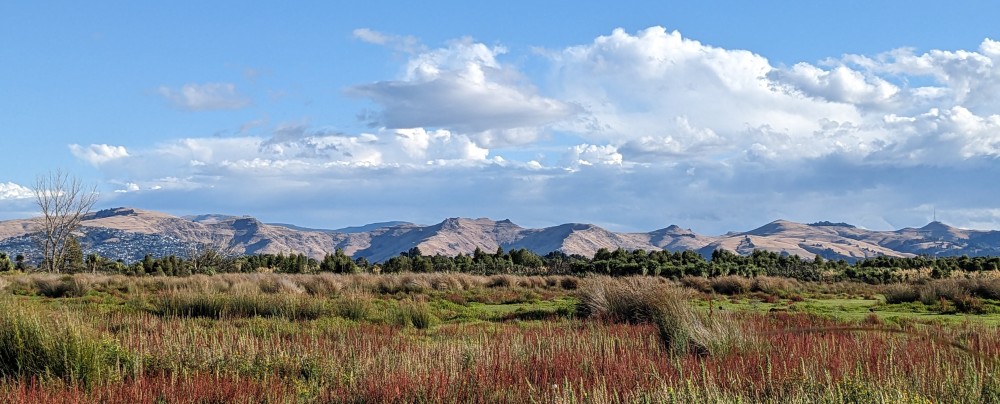
We were greeted at the entrance by exceptionally friendly juvenile Pūkeko hoping to get something to eat from us. They were disappointed. The eels in the main pond were less enthusiastic, so perhaps they had already seen enough people during the day. From the Wetland Walk we spotted a couple of fluffball Pūkeko chicks dodging between clumps of rushes in the open paddock. I hope one of the adults was keeping an eye open for kahu (hawks) looking for supper. From the Angela Stream bridge we dodged around the fence and into the wilderness of the Southern Woods. It’s astonishing how fast the mānatu (lowland ribbonwoods) and houhi puruhi (narrow-leaved lacebark) trees are growing. They now tower (slight exaggeration) over the track through the forest and provide a perfect environment for the slower growing noble tōtara and mataī trees.
On our return to the carpark we made a side trip down the path to the bird hide. Colin pointed out male and female kahikatea, tōtara, mataī and pōkaka, which were fruiting and had natural seedlings at their bases. Some of us found stick insects on the tōtara trees. It was a delightful way to pass the evening. Especial thanks to Colin for guiding us and passing on his broad and deep knowledge of the surroundings at Ōruapaeroa.
Article and images: Dave Evans
Bug of the Year
I’m sure you heard all the commotion over Bird of the Year/Century in 2023. There was also Tree of the Year and Plant of the Year. There’s even Penguin of the Year. I couldn’t care less about Filly of the Year but had I known I would have voted for Bug of the Year in 2023. It was Ngaro Huruhuru, Tawny Nesocolletes (Leioproctus fulvescens), which is a species of solitary bee belonging to the family Colletidae. This bee is endemic to the South Island of New Zealand, and its yellow-orange hair distinguishes it from all other New Zealand species of Leioproctus. Who knew? Well, iNaturalist knew, of course. I won’t miss voting for Bug of the Year in 2024 and I encourage you to vote too, the are some fascinating species as candidates.

Images from Grahame
